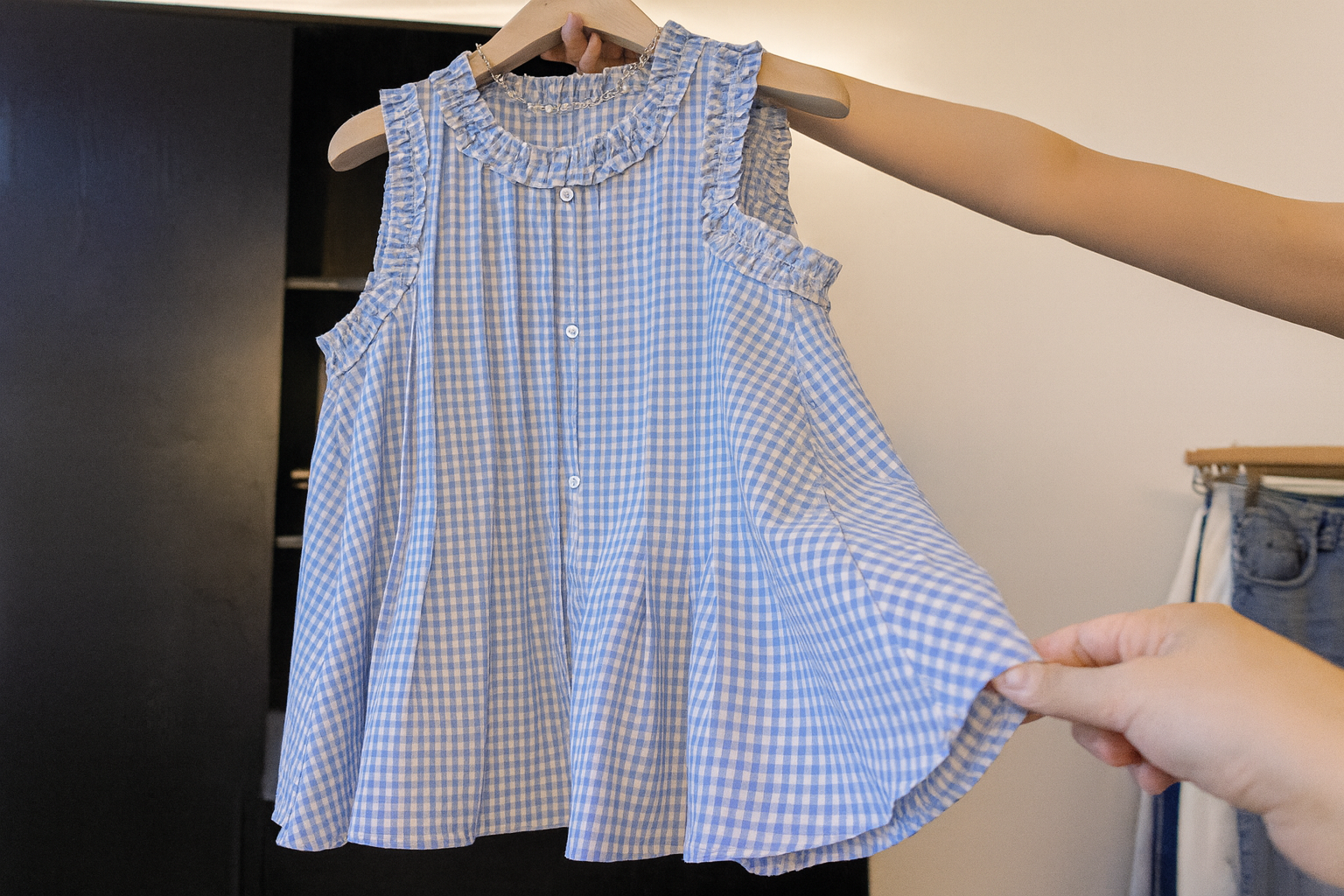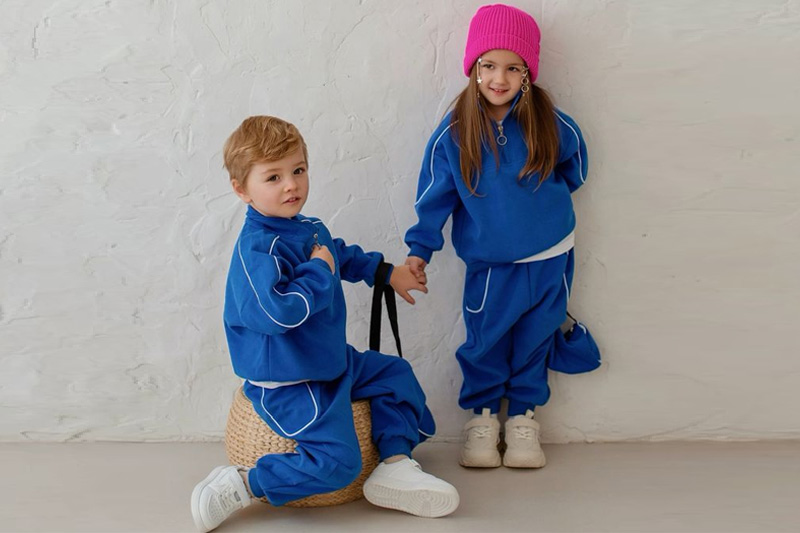When I started making kids' clothing, I thought my biggest challenge would be choosing the right fabrics or keeping up with fast-changing styles. But I was wrong. One of the most confusing and stressful parts turned out to be verifying certifications. Especially GOTS and OEKO-TEX®. Sound familiar? If you're here, I’m guessing you’re navigating the same maze I once did.
How can you verify GOTS and OEKO-TEX® certifications in your supply chain?Start by confirming GOTS license numbers in their public database and scanning OEKO-TEX® labels using the official label check tool. Don’t just take your supplier’s word—always verify the Scope Certificates and Transaction Certificates to ensure you're getting certified goods, not just certified promises.
Most of the brands we work with have great intentions—but no one wants to get caught selling “organic” babywear that doesn’t live up to the label. Let me help you make sure that never happens.
What are GOTS and OEKO-TEX® really about?
We throw around these acronyms a lot in our industry, but let’s take a second to really understand what they mean—and why they matter so much in kidswear.
Why are GOTS and OEKO-TEX® certifications essential for children’s clothing brands?
GOTS ensures organic farming practices, ethical labor, and strict chemical usage across the supply chain. OEKO-TEX® confirms that textiles are free from harmful substances. Both certifications protect your brand's reputation—and more importantly, the health and safety of the children who wear your products.
When I first started, I once had a supplier hand me a certificate and say, “Don’t worry, we’re covered.” But something didn’t sit right. The logo looked slightly off. Turns out, it was a sample certificate. Not theirs. That was a wake-up call. Since then, I always do my own checks.
Here’s a quick comparison:
| Certification | What It Covers | Applies To |
|---|---|---|
| GOTS | Organic raw material, environmental and social criteria from field to finished product | Whole supply chain |
| OEKO-TEX® STANDARD 100 | Tests finished textiles for harmful chemicals | Final garment/fabric only |
So, if your brand claims to be organic, GOTS is the gold standard. If you're focused on safety (and we all should be, especially for babies), OEKO-TEX® is a must.
How do you verify a GOTS certification?
Let’s be honest: anyone can paste a logo in a presentation. You need proof, not pretty pictures. Here’s how I check GOTS credentials step by step.
How can you confirm if a GOTS certificate is authentic?
Go to the official GOTS database, search by the company’s name or license number, and download their Scope Certificate. For finished goods, ask for the Transaction Certificate. These are the only documents that prove certified goods traveled through a certified supply chain.
GOTS Certified Suppliers Database
Here’s what I always ask for:
- GOTS License Number
- Latest Scope Certificate (shows what products they are allowed to produce)
- Transaction Certificate (proves certified materials were used in your actual order)
A Scope Certificate is like a driver’s license—it shows they’re qualified. But the Transaction Certificate is the dashcam footage that proves they actually drove the route.
I’ve had clients show me a Scope Certificate from 3 years ago. That’s not enough. GOTS certifications must be renewed every 12 months, so always check the issue date. No exceptions.
If your supplier hesitates or stalls when you ask for a TC? Big red flag. Walk away.
How do you check an OEKO-TEX® label?
Thankfully, OEKO-TEX® makes this part a bit easier. Still, knowing how to check is everything.
How can you validate an OEKO-TEX® label to ensure safety compliance?
Use the OEKO-TEX® Label Check Tool to confirm the certification number or scan the QR code. It will show you if the label is real, who holds it, and what product categories it covers. Always check the expiration date to avoid outdated claims.
Sometimes we get clients saying, “The factory told me the fabric is OEKO-TEX® certified.” But here’s the thing: if it’s not on the label check site, it doesn’t count.
Here’s what to do:
- Get the certificate number or QR code from the fabric roll or label.
- Go to the OEKO-TEX® label check page.
- Confirm the validity, scope, and expiration date.
You’ll also want to check if the product category matches your use. OEKO-TEX® has four classes, with Class I being the strictest (for babies). If you’re making baby rompers and the certificate says “Class II,” it’s not good enough.
Are all suppliers in your supply chain certified?
Even if your main factory is certified, the chain is only as strong as its weakest link.
How can you manage certifications across your entire supply chain?
Request certification documents from all partners—fabric mills, dye houses, printing units, and sewing factories. Keep a digital log, update it yearly, and verify through official databases. It’s not just about trust—it’s about traceability.
One mistake I see brands make? Relying on a single supplier’s word that “everyone else we work with is certified too.” That’s not how compliance works. You need documentation from every stage of production.
Here’s what our clients usually track:
| Supply Chain Stage | Certification Needed | Documents |
|---|---|---|
| Fabric Mill | GOTS / OEKO-TEX® | Scope Certificate |
| Dye House | GOTS (chemical process) | Scope Certificate |
| Print Facility | GOTS or OEKO-TEX® | Scope / Compliance Doc |
| Sewing Factory | GOTS (final assembly) | Scope Certificate & TC |
I once audited a partner who claimed to use OEKO-TEX® certified fabric. We checked the QR code, and it came back invalid. Turned out, they’d switched suppliers—but hadn’t updated the label. Not malicious, but sloppy. And it could have cost us a major retail client.
How do you keep certifications valid over time?
Getting certified is just the beginning. Staying certified? That’s where the real work begins.
What are the best practices to maintain certification integrity long-term?
Renew certifications annually, schedule internal audits, and maintain open communication with certifying bodies. Track supplier certificates in a shared folder and confirm their status every 6–12 months. Use a compliance checklist and document every step of your production.
Here’s what we do internally to stay on top:
- Renew annually and highlight the renewal month on our production calendar.
- Conduct internal checks every 6 months to avoid surprises.
- Keep a shared cloud folder with all certificates, sorted by partner and expiration date.
- Assign a compliance point person (in small teams, it’s often me).
- Use a supplier compliance checklist, updated each season.
It might sound tedious, but trust me—this kind of diligence builds trust with your buyers. And in this industry, trust is everything.
Conclusion
Verifying GOTS and OEKO-TEX® certifications isn't just a box to check—it's part of building a brand that parents can rely on. And when you do it right, they’ll notice. So take the time, ask the questions, and never settle for vague answers.


